Sustainable Christmas Tree Disposal Ideas
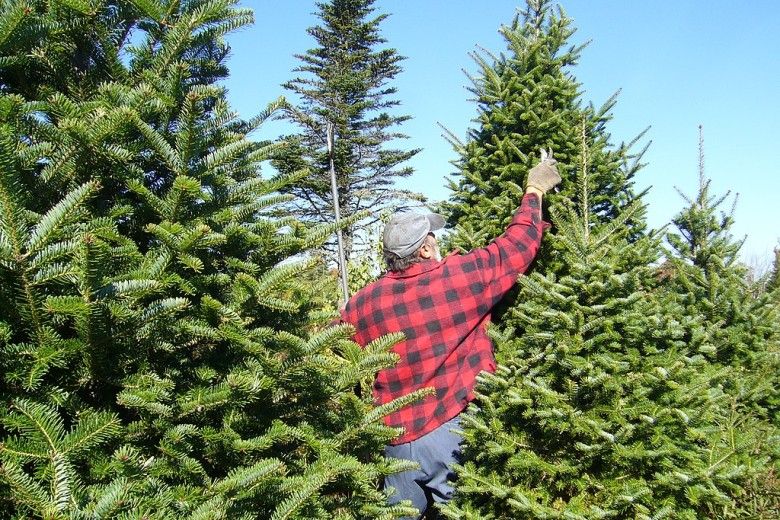
Buying a real Christmas tree can be a great sustainable way to deck the halls and bring home some holiday cheer. Not only are trees powerful tools for absorbing and storing carbon, they also filter other pollutants in our air and water and provide important habitat for wildlife. According to the National Christmas Tree Association, for every Christmas tree harvested, one to three new seedlings are planted to ensure consistent supplies for upcoming years. This means, by purchasing from a local tree farm, not only are you helping to support local agriculture and forestry, you are also supporting the planting of more trees.
But sustainability doesn't stop there. When the holidays are over and it's time to take the tinsel down, there are multiple sustainable options for disposing of your tree. Read on for some ideas of how to recycle your real tree, what to do with an artificial tree that's past its prime, as well as some tips on what to avoid.
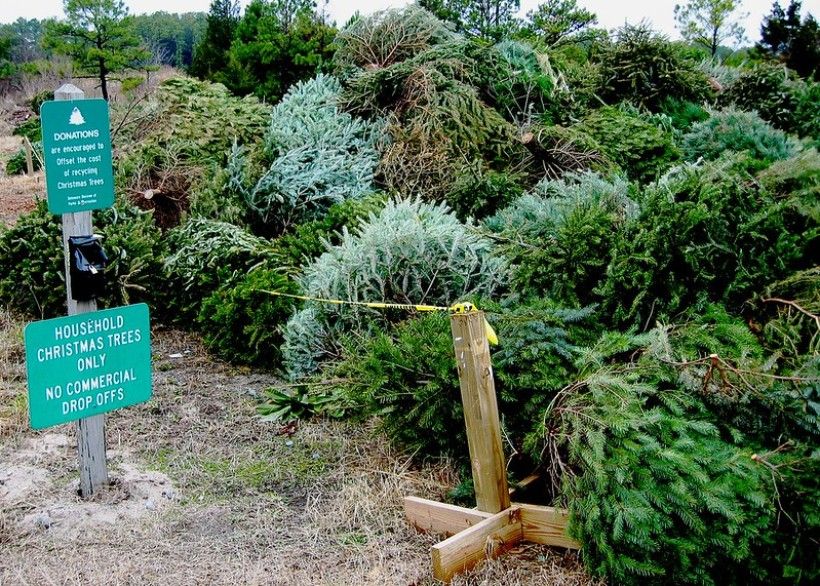
Real Christmas Trees
For all of these options, make sure to first remove all decorations, hooks, garland, and tinsel strands.
Recycle it into mulch
Turning your tree into mulch has the added benefit of allowing the carbon stored in the tree to return to the soil to provide nutrients. Many local municipalities, landfills, and some mulch companies offer tree recycling programs—check Earth911's searchable database to find tree recycling programs in your area. If you are adventurous, you can rent a mulcher from your local hardware store to make your own. For those who live in Chester County, the Lanchester and SECCRA landfills both accept Christmas trees, which they recycle into compost.
Compost it
Cut up your Christmas tree into small pieces and add this as a woody layer to your compost pile. Larger pieces can be used as the base for raised beds or to line your garden.
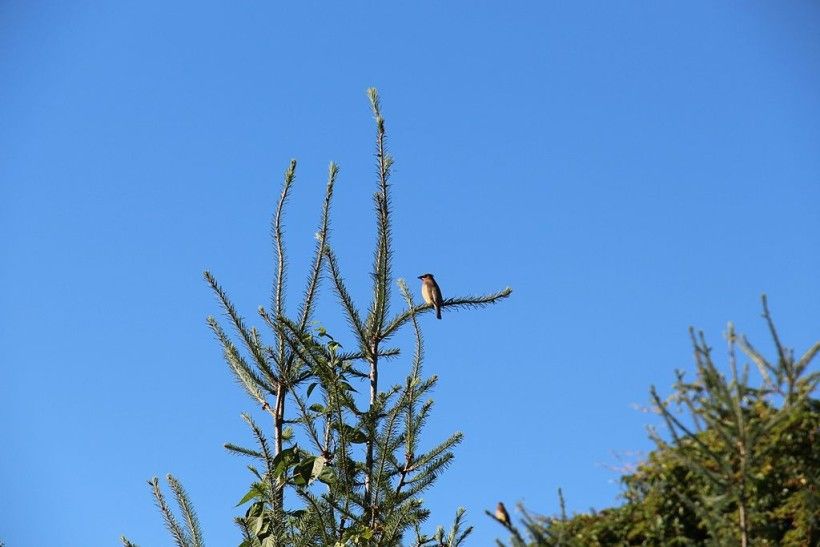
Turn it into habitat for wildlife
Put the tree in your backyard or garden and use it as a bird feeder and wildlife refuge. Add suet, orange slices, or your leftover popcorn garland to attract birds, squirrels, and other critters.
Choose a tree that can be replanted
Some tree farms offer options to purchase or rent potted Christmas trees that can be replanted once the holiday season is over. Check with your local tree farm to see if this options is available.
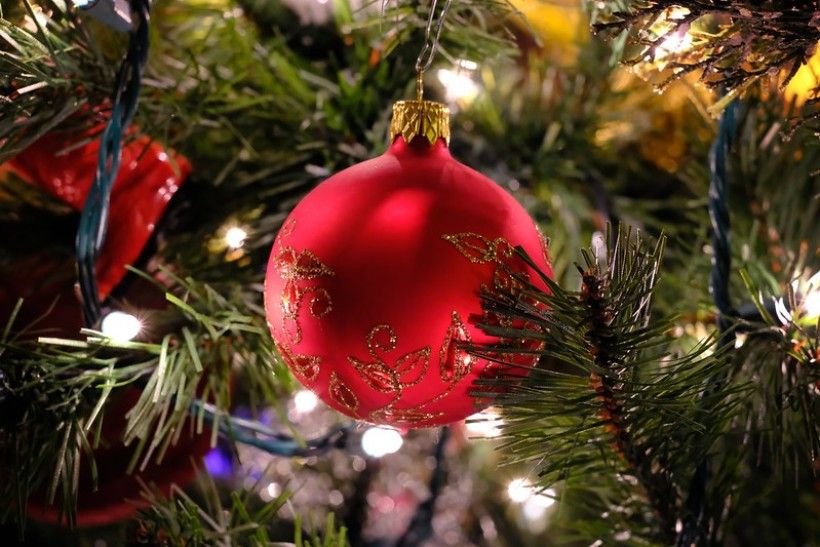
Artificial Christmas Trees
Reuse your tree year after year
Since artificial trees are typically made with petroleum and aluminum based products, these trees cannot be disposed of naturally, so do your best to reuse these trees year after year.
Donate it
Check with local thrift and charity stores to see if they accept artificial Christmas trees, or try local community organizations that could use them for decoration. Another option is to post on your local community or Facebook page to see if others could use it.
Repurpose it
Give it new life by getting crafty and repurposing the branches into holiday wreathes, garlands, centerpieces, or other holiday décor.
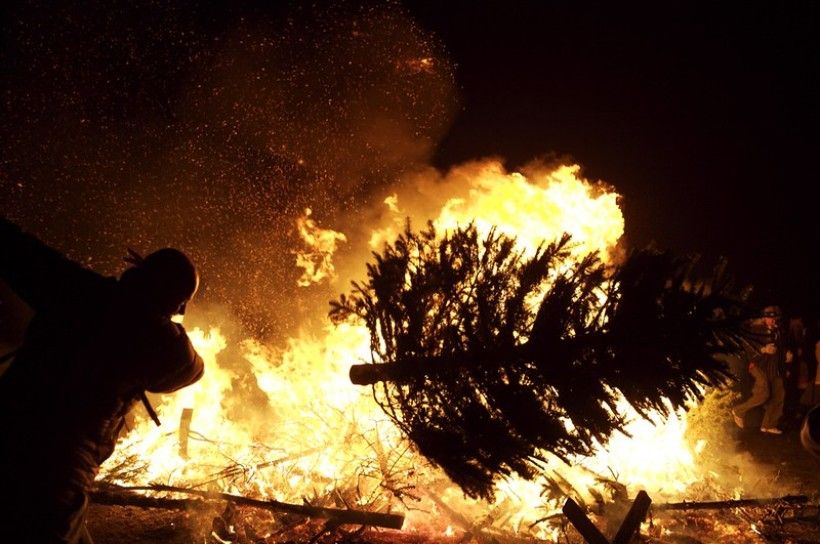
Things to Avoid
Sending it to a landfill
Although real Christmas trees are biodegradable, most landfills store waste underground where there is limited oxygen and the tree can not properly biodegrade.
Burning it
Christmas trees contain flammable oils that can coat your chimney and increase the risk of house fires. Burning it also releases the carbon that was stored back into the atmosphere and should be avoided.
Additional Resources
- Home Depot: Christmas Tree Recycling
- Lowes: Dispose of Your Christmas Tree
- Earth911: How to Recycle Christmas Trees
- SECCRA: ‘Tis the Season for Christmas Tree Recycling
- BCMA: Oh Christmas Tree: Working with Stroud to Protect Our Stream Banks
Header Image: Madereugeneandrew at the English Wikipedia, CC BY-SA 3.0, via Wikimedia Commons